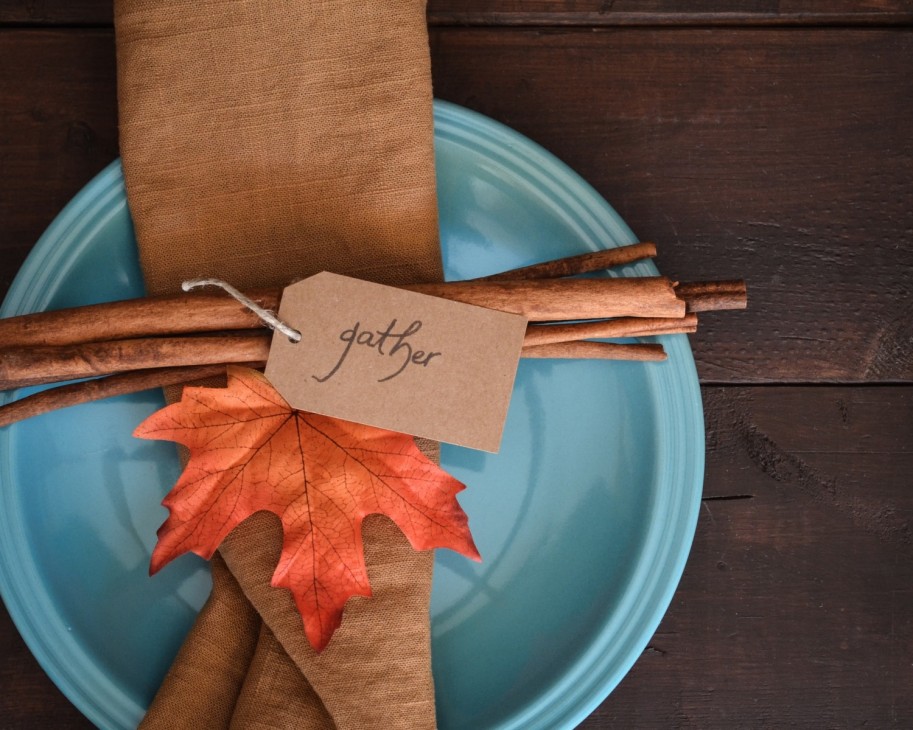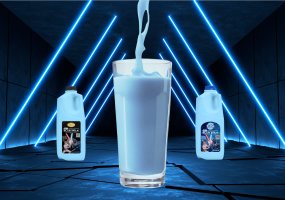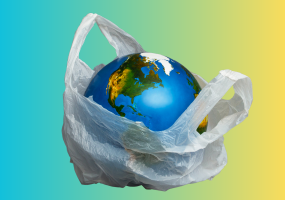
Amidst the worst pandemic of the century, Thanksgiving will have to cater to smaller guest lists and focus on practicality, intimacy, simplicity, and, most importantly, gratitude.
Thanksgiving will significantly be different this year. However, there are still ways to host a celebration while managing the risk and staying as safe as possible. Thankfully, the CDC has provided guidelines to follow that will help in planning and hosting Thanksgiving.
CDC Director Robert Redfield also gave warnings on the potential for a spike in infections stemming from holiday parties. Previously, Memorial Day gatherings were partly blamed for the increase in COVID-19 cases early in the summer. Similarly, a Sweet 16 party last month in Long Island, New York, was linked to 37 positive tests. There was also a wedding in Maine in August, which led to more than 175 reported infections.
According to Web MD, Chief of the Infectious Diseases Division at the University of Nebraska Medical Center, Mark Rupp, MD, says that assessing and minimizing the associated risks that will occur is the most important thing to do. He further states that the risks will not be eliminated entirely without eliminating the event and that an event with people not in a person's immediate family bubble will always have risks involved.
However, recognizing the importance of tradition and the desire of people to celebrate Thanksgiving, CDC released specific guidelines for everyone's safety.
Safety Guidelines For A Thanksgiving Gathering
- Opt for an outdoor rather than an indoor event. If an outdoor set up is not possible, host an indoor event provided that the space has adequate ventilation. It is best to avoid crowded, poorly ventilated, or fully enclosed indoor spaces.
- Limit guests within your local area if you can and keep the number of guests at a minimum.
- Encourage guests to bring precautionary gears like extra masks, hand sanitizer, and tissues.
- Request everyone to wash their hands with soap and water for 20 seconds before and after preparing, serving, and eating food.
- Avoid any self-serve food or drink options and opt for grab-and-go meal options if possible.
- Keep a distance of 6 feet and limit close contact as much as possible.
- Avoid eating out if you can. If unavoidable, avoid highly populated areas.
- Avoid shaking hands, elbow bumps, or hugs, and opt for a wave or verbally greet others instead.
- Wear a mask at all times to reduce the risk of spreading the virus.
- Refrain from singing, chanting, or shouting, especially when not wearing a mask.
Additionally, the CDC discourages holiday travels for this year since it increases the chance of getting and spreading COVID-19. However, there are also safety measures to follow if a person decides to travel during the holidays. This includes the following:
- Wear a mask when outside and while on public and mass transportation.
- Keep your distance especially amongst strangers
- Wash your hands religiously with soap and water for at least 20 seconds.
- Make regular use of hand sanitizers or alcohol.
- Avoid contact with any sick person.
- Keep your hands off your face, mouth, and nose.









